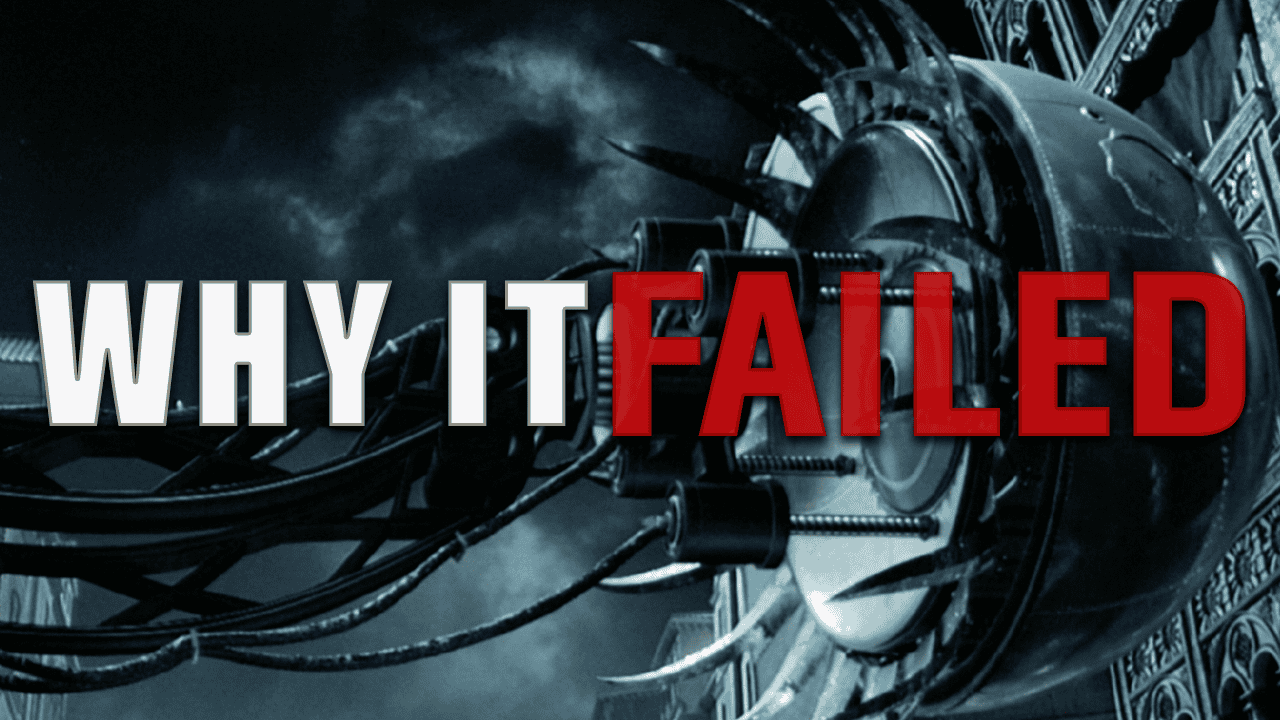By Joshua Tyler
| Published

The early 2000s were a weird time for comic book movies. Studios hadn’t yet cracked the formula, and CGI was both everywhere and not quite good enough. Every studio was chasing X-Men or Spider-Man money, but most didn’t understand why those movies worked. That left audiences with a string of half-baked adaptations and aggressively gray visual palettes.
Then came a movie with Sean Connery, a steampunk submarine, vampire women, and an invisible man. It had everything, and it completely fell apart.
This is why The League of Extraordinary Gentlemen failed.

The League of Extraordinary Gentlemen was supposed to launch a franchise. Instead, both the movie’s director and its star never worked again.
Based loosely, very loosely, on Alan Moore’s acclaimed comic, the 2003 film mashed up classic literary figures into a single world-saving superhero squad. It was Avengers before Avengers… if the Avengers were pulled from the pages of 19th-century novels, and nobody on the team liked each other.

On paper, the idea is brilliant. You’ve got Captain Nemo, Allan Quatermain, Dr. Jekyll, Mina Harker, Dorian Gray, and an invisible thief named Skinner. A secret war is brewing. Technology is being stolen. A shadowy villain is trying to start a World War. The world’s greatest minds and monsters are assembled to stop him.
It should work. But it doesn’t. Behind the scenes, it was chaos.
Sean Connery And Chaos Behind The Scenes

Sean Connery was 72 years old when he signed on to League. He’d been turning down roles in movies like The Matrix and The Lord of the Rings, admitting later that he didn’t understand those scripts.
He didn’t understand this one either, but a this time he said yes. Unfortunately, Connery’s confusion bled into the production.
Sean clashed constantly with director Stephen Norrington, who had previously helmed Blade and apparently thought yelling louder would improve things. Connery later described the experience as “a nightmare,” and afterward he retired from acting.

Norrington reportedly told Fox he would never direct again. He kept that promise. The League of Extraordinary Gentlemen was his last film.
Production went over budget. Prague floods shut down filming, and tempers flared. The final cut feels like everyone just gave up.

From the opening scene, it’s clear the script doesn’t know what kind of movie it wants to be. The League of Extraordinary Gentlemen wants to be gritty and grounded, but features a car the size of a limo barreling through 19th-century Venice. The League of Extraordinary Gentlemen wants to be serious, but makes its invisible man a petty thief and its villain wear a Halloween mask from Spirit.
In Moore’s comic, the League is dysfunctional by design, borderline immoral, even dangerous. In the movie, they’re sanitized. They trade sarcastic quips and generic exposition. None of them has a character arc. Mina is a vampire scientist. That’s it.

Jekyll has a conscience and also CGI problems. That’s it. Quatermain is old and grumpy and spends most of the movie complaining about how young people don’t know how to fight wars anymore.
Even Tom Sawyer shows up, primarily to appeal to American viewers. He shoots things and calls Quatermain “sir.” That’s the role.

League’s real failure is in tone and structure. The movie moves too fast and somehow goes nowhere. The villain is revealed to be exactly who you thought it was. The plan is confusing: steal scientific secrets to spark a war… while also building an army of knockoff Jekylls and invisible soldiers?
There’s a tank battle, a spy reveal, a boat chase, a character death, and a final showdown in an ice fortress that looks like something out of GoldenEye 64.
It’s all action, no consequence. The ending tries to set up a sequel, but there’s nothing left to care about.

The film made money, barely. It earned $179 million worldwide on a $78 million budget. By the time it limped out of theaters, no one was asking for more.
Fox scrapped any plans for sequels. Connery retired and never made another movie. Norrington kept his promise and stopped directing. And Alan Moore, already furious that Hollywood kept mangling his work, disavowed the movie before it even premiered.
To be fair, Alan Moore disavows everything. Good or not.

The League of Extraordinary Gentlemen failed not because the premise was flawed, but because it never knew what made the premise great. It misunderstood its characters, its tone, and its audience. It tried to appeal to everyone and ended up pleasing no one.
The League of Extraordinary Gentlemen comics are dark, layered, and literary. The movie is loud, confused, and afraid to commit.
Now, The League of Extraordinary Gentlemen‘s legacy is as a final, awkward footnote in Sean Connery’s legendary career, and a warning that a good idea still needs a good script to matter.
Worst of all, the guy who, arguably, invented the modern-day comic book movie, Blade director Stephen Norrington, never directed again. What would the Marvel world be like now if he’d kept working? If he’d chosen some other comic book property instead of LXG?We’ll never know.
